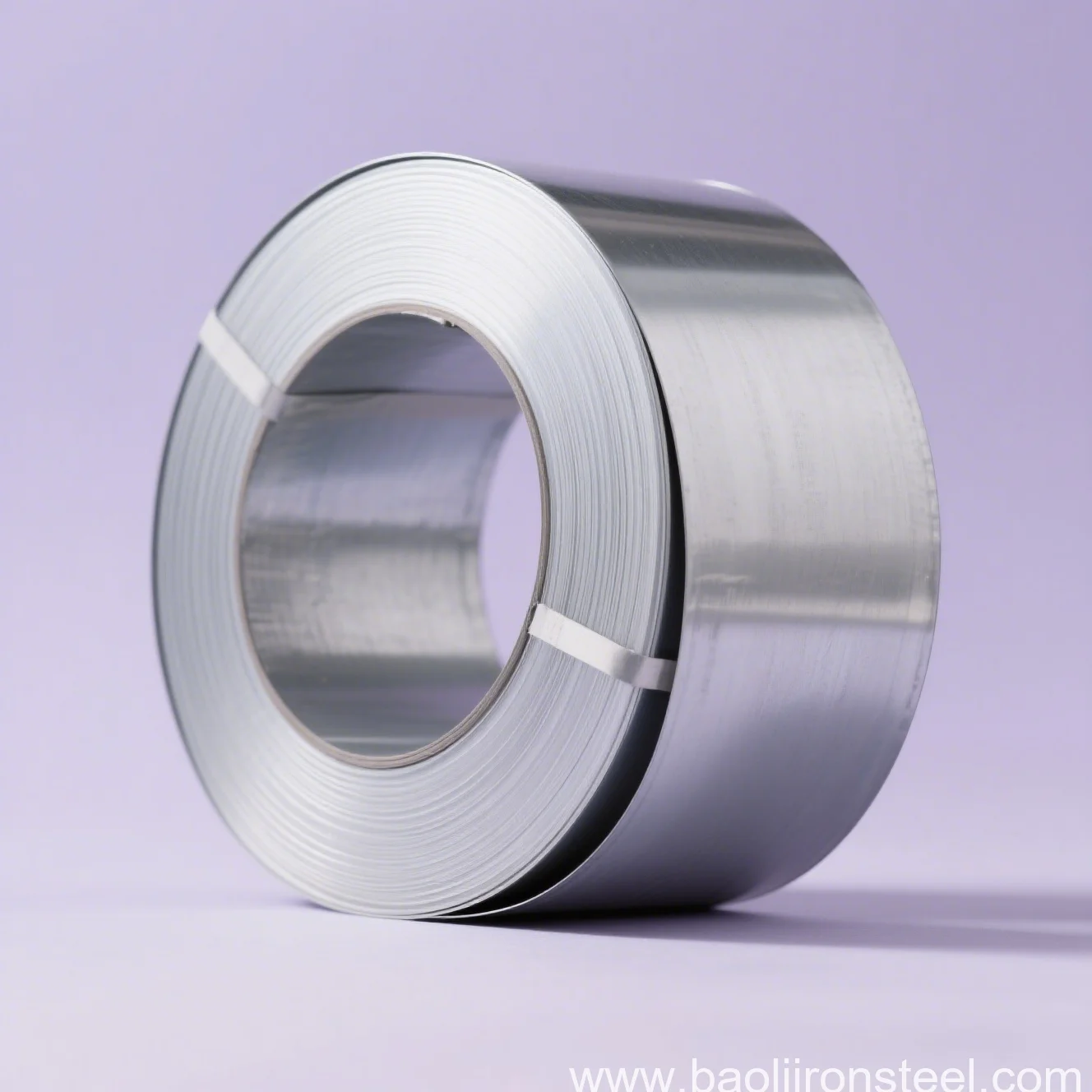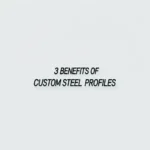Introduction to Galvanized Steel Coils
Galvanized steel coils remain a cornerstone of modern manufacturing and construction due to their exceptional corrosion resistance properties provided by the zinc coating. A crucial aspect of using galvanized steel is selecting the appropriate thickness or gauge for your specific application. This guide delves into:


- How to determine the correct gauge based on intended use
- Cost-saving strategies when sourcing galvanized steel
- Factors influencing galvanized steel pricing
Understanding Gauge Numbers
Gauge numbers run counter-intuitively – the higher the number, the thinner the steel. Common galvanized coil gauges range from 22 (approximately 0.029″ or 0.74mm) down to 29 (0.017″ / 0.43mm).
| Gauge | Thickness (in) | Common Uses |
|---|---|---|
| 22 | 0.029 | Roofing, Siding |
| 26 | 0.018 | Appliances, Automotive |
Matching Gauge to Application
The key factors determining required coil thickness relate to load-bearing capacity, environmental exposure, and fabrication requirements:
- Load-bearing structures: Structural applications like bridge grating or commercial shelving require thicker gauges (16-20) for strength and durability
- Marine environments: Salt exposure accelerates corrosion. A thicker zinc coating requires heavier base steel (typically 18-22g)
- Fabricated parts: Press-forming complex geometries into shapes requires adequate material flow, meaning 24-28g works well for many automotive components
Cost Optimization Strategies
Galvanized steel represents a long-term investment. Here are 3 tips to reduce initial costs while maintaining quality:
- 1. Purchase in bulk: Larger orders spread out shipping costs. China offers factory direct pricing with competitive landed costs
- 2. Select the right grade: G30, G550 etc refer to strength grades. Higher grades mean thinner material can be used for equivalent performance
- 3. Partner with experienced suppliers: BaoLi Steel offers custom zinc coating thickness and alloy variations tailored to your needs
Pricing Factors for Galvanized Coils
Pricing fluctuates based on:
- Steel base material: Hot-rolled vs cold-rolled
- Zinc coating weight: Standard (60g/m²) vs heavy-duty (120+)
- Custom dimensions: Specific widths and lengths
Conclusion
Selecting the proper galvanized steel gauge involves balancing mechanical properties, environmental resilience, and cost optimization. BaoLi Steel’s deep experience manufacturing high-grade galvanized steel coils empowers your projects.
Galvanized Steel Coils with Custom Thickness: How to Pick the Right Gauge for Your Needs + Cost-Saving Tips (2025 Buyer’s Guide) — This article provides a practical buyer‑focused overview with specifications, selection tips, and on‑site considerations. Explore related topics: blog.
Key Specifications and Standards
- Standards: ASTM / EN / JIS (e.g., ASTM A240/A36, EN 10088/10025, JIS G4304/G3131).
- Surface options: 2B, BA, No.4, HL, mirror; galvanized (electro / hot‑dip).
- Processing: hot‑rolled, cold‑rolled, annealed & pickled, welded or seamless.
- Typical services: slitting, shearing, cut‑to‑length, drilling, beveling, deburring.
- Documentation: MTC, CO, packing list with net/gross weight and heat numbers.
Typical Applications
Construction, machinery, automotive, energy, enclosures and fencing, food equipment (for stainless), and general fabrication. Match grade and finish to corrosion, strength, and appearance requirements.
Selection Guide
- Use certified material with Mill Test Certificate (MTC).
- Confirm standards (ASTM/EN/JIS) and tolerances per drawing.
- Match surface finish to application (2B/BA/No.4/galvanized).
- Specify dimensions and acceptable deviation upfront.
- Plan packaging and corrosion protection for transit.
Processing, Packaging and Logistics
We adopt edge protection, waterproof wrapping, rust‑inhibiting paper, fumigated pallets, and strapping suitable for sea freight. Loading photos and weight lists are provided for each shipment.
FAQs
Q: What lead time can I expect?
A: Typically 7–15 days ex‑works for standard sizes; custom processing may extend the schedule.
Q: Can you provide cut‑to‑size service?
A: Yes. We slit, shear, cut, drill, bevel and deburr to drawing to reduce waste and speed installation.
Q: How do you ensure quality?
A: Incoming inspection, process control, and final inspection with traceable heat numbers; third‑party inspection is available.
Q: Do you support small trial orders?
A: We support pilot quantities with consolidated shipping to control cost.
All values are typical and for guidance only; confirm with the datasheet and purchase order before production.
Related products: view details.
Related products: view details.





